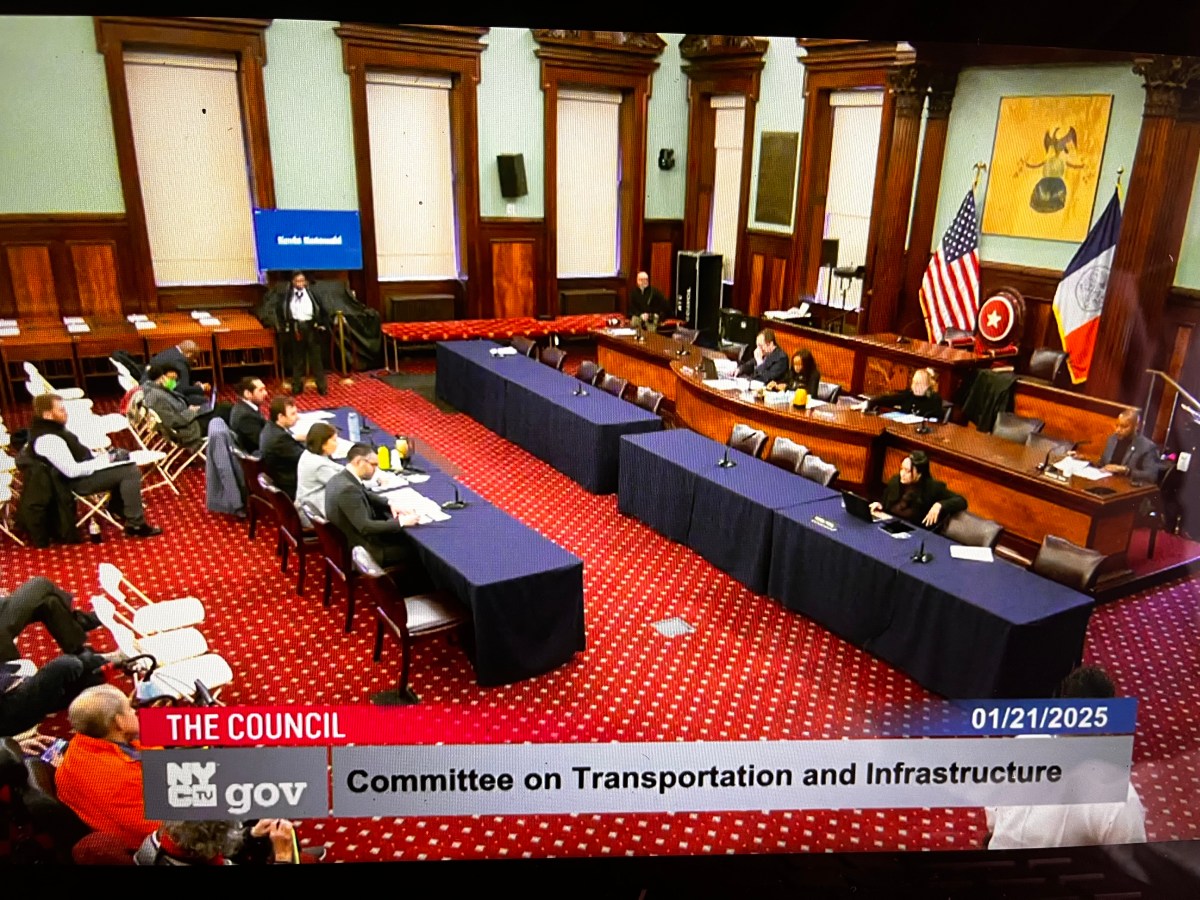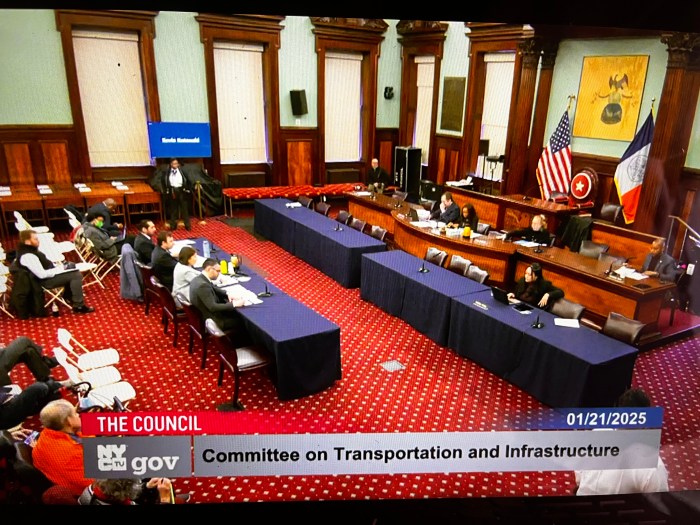A telltale sign that spring is on its way will take place this weekend: daylight saving time.
That’s right, the clocks will “spring forward” one hour on Sunday, at 2 a.m., whether you’re ready for one less hour of sleep or not.
To celebrate, here are six fast facts about daylight saving time:
- Daylight saving time begins each year on the second Sunday in March and ends on the first Sunday in November, according to the National Institute of Standards and Technology.
- Although it was introduced as law in 1918, daylight saving time was repealed in 1919 and didn’t make its resurgence until World War II, when it was observed continuously from Feb. 9, 1942, until Sept. 30, 1945, according to the United States Naval Observatory.
- The country’s current version of daylight saving time was established with the passage of the Uniform Time Act in 1966.
- Under the Uniform Time Act, states can opt out of observing daylight saving time.
- States and U.S. territories that do not observe daylight saving time include Hawaii, American Samoa, Guam, Puerto Rico, the Virgin Islands and most of Arizona.
- Although many bemoan daylight saving time, especially in the spring when we lose an hour of sleep, the U.S. Department of Transportation says changing the clocks serves several purposes, including saving energy by not needing to turn lights on early in the evenings; preventing traffic injuries by giving people more time during the day to commute and run errands; and reducing crime. Although it’s nice to get an extra hour of sleep when the clocks fall back, too.




































